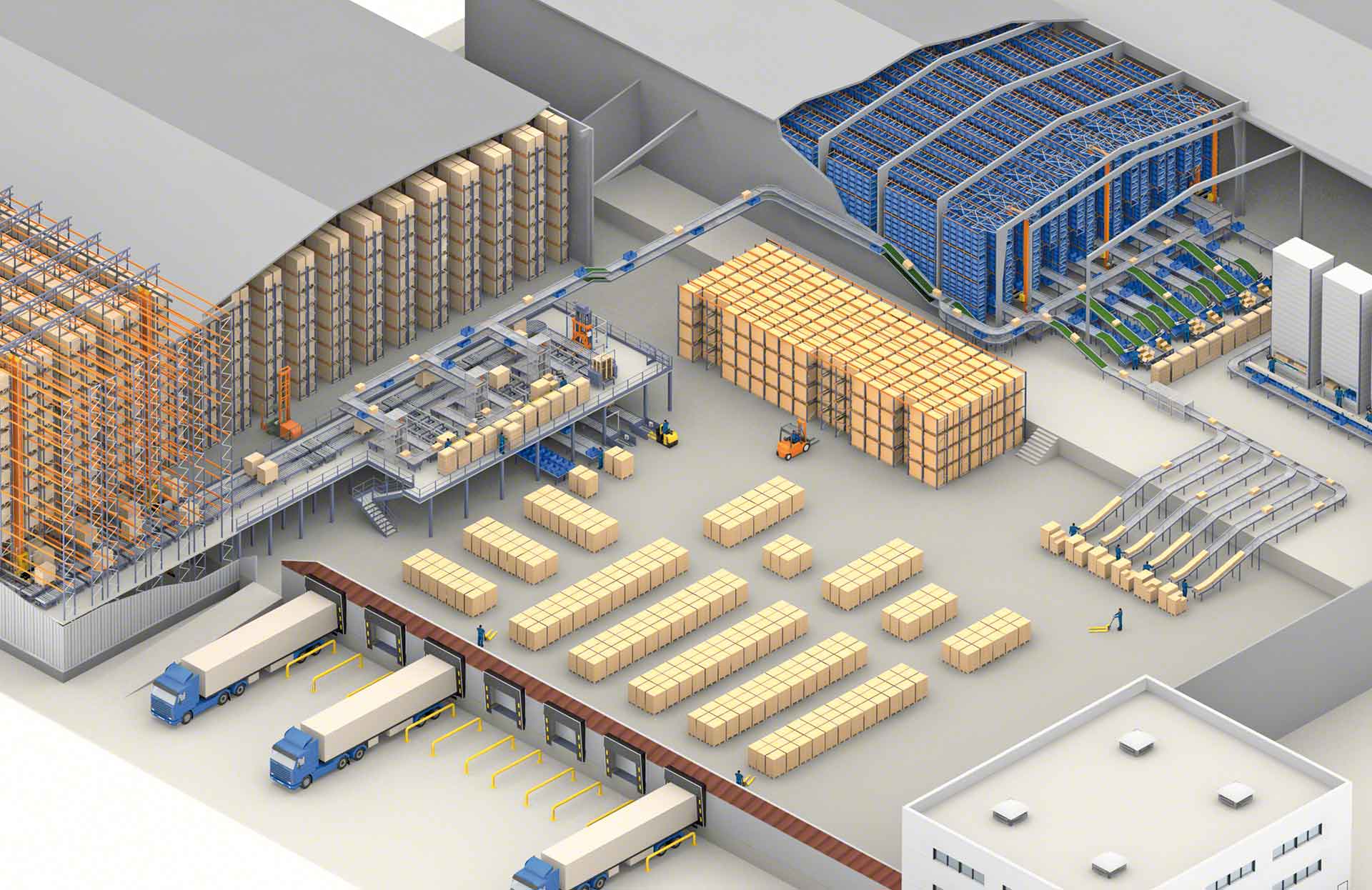Contents
Today’s warehouse is more than just a stocking center. It’s an intricate mix of goods, tech, and people all chipping in to keep the supply chain running smoothly.
This makes warehouse efficiency crucial for any business operation, including timely deliveries and inventory handling, as they significantly affect customer satisfaction and cost savings.
So how do we achieve this? By focusing on optimizing your warehouse layout. And that’s what we’ll explore next.
Understand Your Inventory and Storage Needs
Running a smooth warehouse begins with knowing your inventory inside and out. To tweak its setup for best results, start by sorting items based on how often you need them and their size.
High-demand items, or those that are frequently accessed, should be placed near the dispatch area to reduce travel time.
This method is known as ABC analysis; it divides everything into three easy-to-handle groups:
- A-items: These are high-frequency, low-volume products.
- B-items: These are medium-frequency, medium-volume products.
- C-items: These are low-frequency, high-volume products.
Keeping A-items near the dispatch zone and C-items at a distance speeds up picking. Workers move less, so things get done faster.
Also, knowing an item’s size and weight helps pick out the right shelves or storage spots to avoid wasted space.
Optimize Aisle Width and Rack Configuration
Warehouse flow depends a lot on how aisles and racks are set up. Traditional forklifts need wide lanes, which eat into available space.
But if you can swing it, go for skinnier-aisle lifts or even super-skinny ones. This way, less room goes to gaps between shelves – so there’s more storage.
Rack setup should match what stuff you’re storing, too: Pallet racking works well with hefty items, while shelvings fit better smaller things in bins.
It’s essential to re-evaluate and potentially adjust racking configurations regularly, especially when inventory types change or expand.
Incorporate Flexible Zones
As companies grow, their stock needs shift, too. A smart warehouse layout has changeable zones that can handle these shifts with ease.
Imagine not having fixed spots for specific items but spaces you could shuffle around based on the time of year or marketing events. Even product changes become less of a hassle.
Take holiday seasons when certain products flood your warehouse – flexible zones take them in smoothly at peak times and switch roles during quiet periods. This keeps every inch valuable all the time.
Implement Technology and Automation
Sticking to manual work can hold a warehouse back in our techy era. Using technology and automation boosts how it runs, with fewer mistakes made by human hands. Want real-time stock updates?
Get them from inventory management systems! Plus, they help restock items smartly using predictive readings.
And don’t forget automatic guided vehicles (AGVs) or robots – these speed up picking products off the shelves, which saves staff time. Also, think about “smart warehouses.”
They’re already here thanks to new technologies, not just an idea for tomorrow’s world anymore.
These places use internet devices, artificial intelligence, and sensors that make operations run smoothly while automating repetitive tasks better than ever.
Conclusion
The layout of a warehouse is key to how well it operates. Knowing your inventory, making the best use of space with racks, and having flexible areas are all vital.
Tech tools can help, too. As supply needs shift, those who focus on adaptability will shine against their rivals.


